A movie that clearly explains the mechanism of `` if the new coronavirus infection progresses, you can not breathe and die '' appeared

How Coronavirus Attacks the Body | NYT News-YouTube
The movie that started and was projected is ' The lungs of COVID-19 patients that can be seen on VR ' created by George Washington University Hospital.
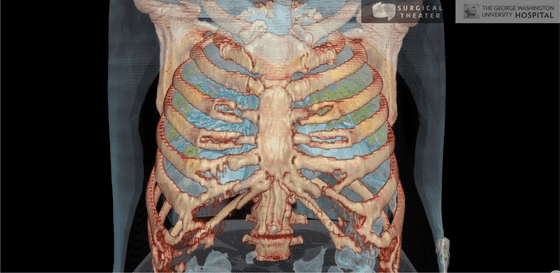
The patient behind the VR video was a 59-year-old man who was almost healthy, despite signs of high blood pressure. He was asymptomatic until a few days before the shooting, but at the time of the shooting, the damaged area, colored yellow, had smashed his lungs.
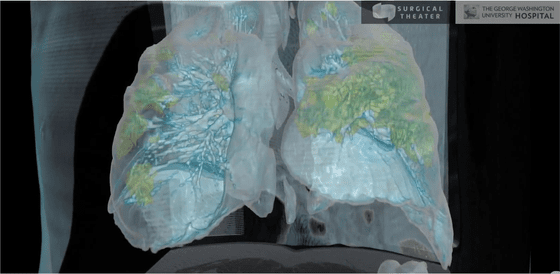
The theme of this movie is to explain 'How does COVID-19 make the human body in this situation?'
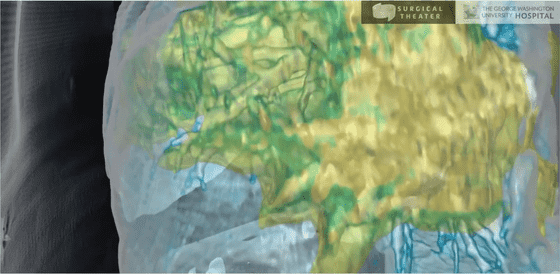
It all started

54 of the 191 people infected with COVID-19 identified at a hospital in Wuhan have died.
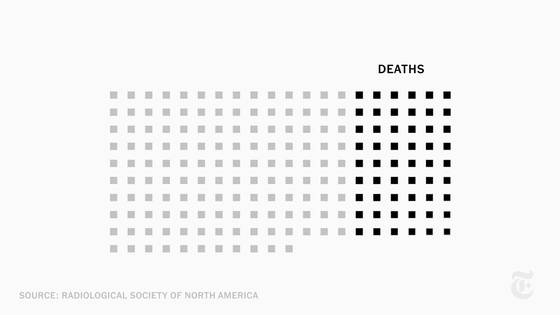
Of the 54 dead, 50 died of
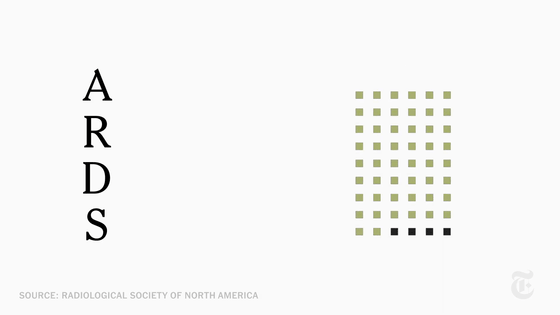
ARDS is a condition where the lungs are damaged for some reason and severe respiratory failure occurs, preventing oxygen from reaching organs.
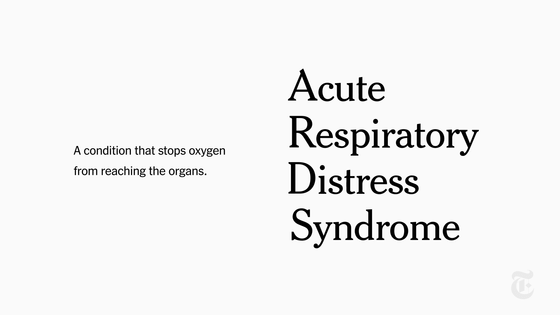
Experts on ARDS say, 'It's like air hunger.'
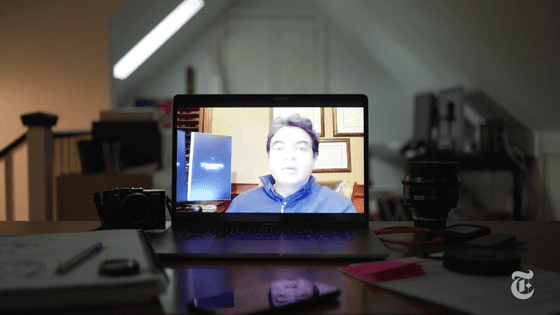
'It means you can't breathe.'
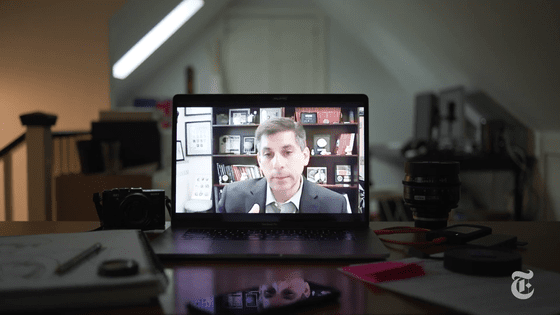
'There is a very strong correlation between the onset of ARDS and death,' he said.
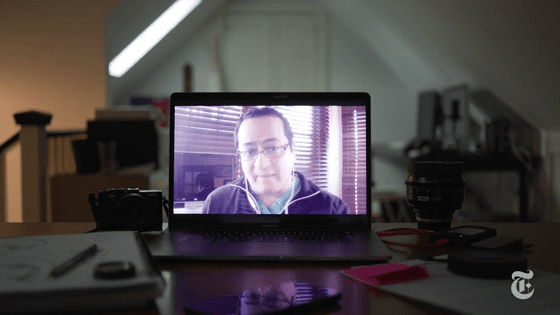
ARDS is not a symptom specific to COVID-19.
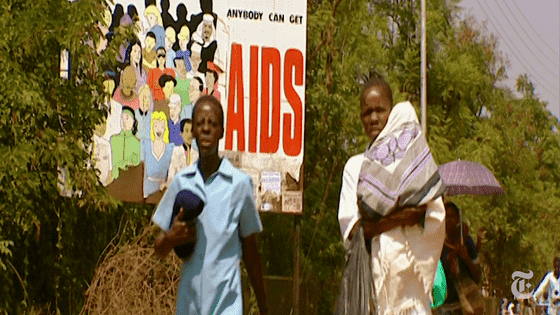
It occurs even if the lungs are damaged by trauma due to an accident or the like.
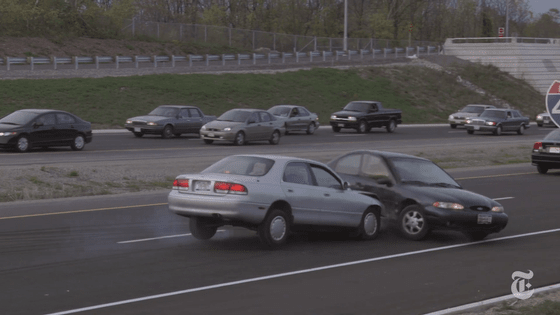
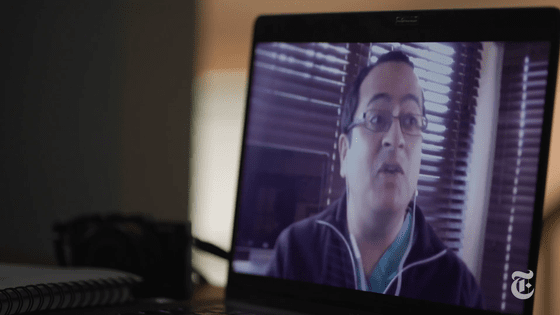
It is also caused by inhaling poisons such as
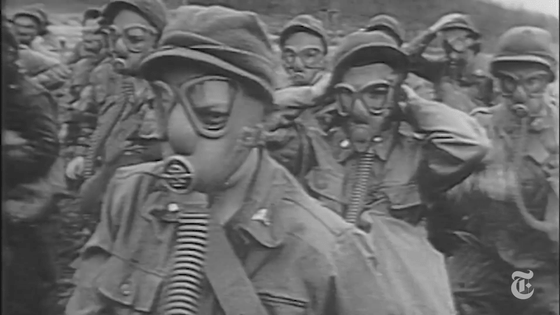
In recent years, cases of inhalation of the cannabis component

To see what happens when ARDS occurs, first look at normal lung breathing. As you breath, air fills the lungs through the trachea of the throat and enters the alveoli at the ends of the trachea.
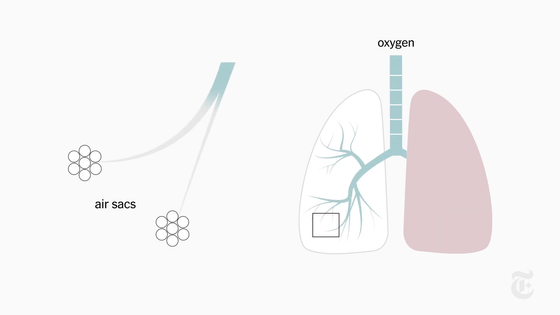
Gas exchange takes place in the alveoli, and oxygen is taken up by the general mechanism of respiration.
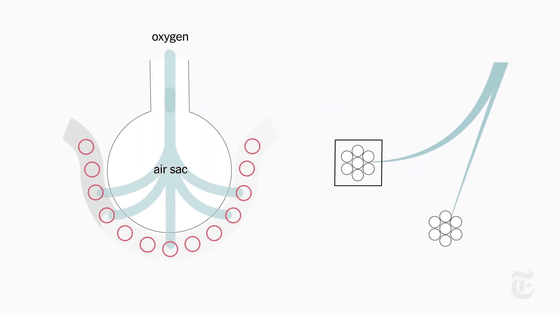
In the alveoli, the barrier separating the outside air from the human body is only a few micrometers thick (one micrometer is one thousandth of a millimeter).
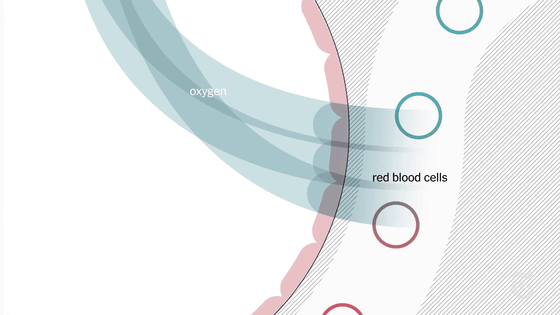
If the
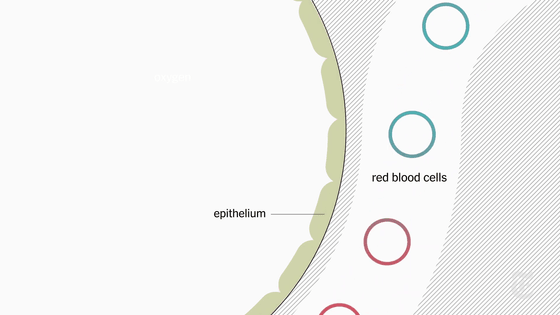
It's as if you paint on the wallpaper in your room and you can no longer take in oxygen.
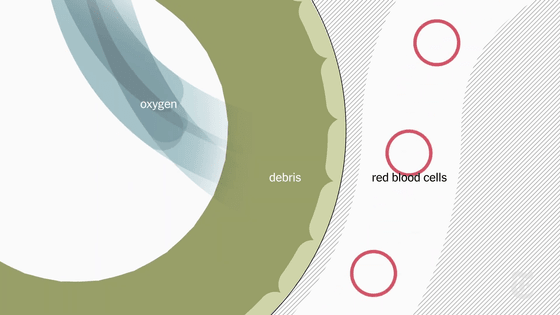
One way to determine if the virus has reached the deep lungs is to know if you are short of breath and how long it has lasted.
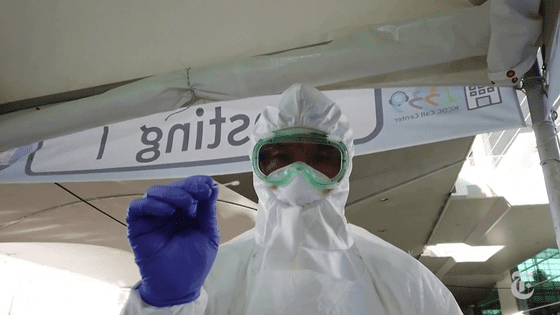
In a small survey of Chinese hospitalized patients, a chest scan was performed two days after the first day of symptom onset, and more than half of the patients were normal.
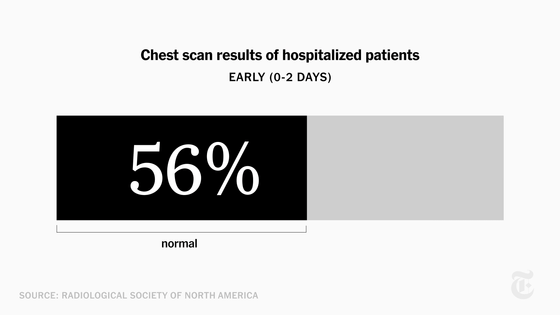
However, within 3-5 days of onset, 91% of hospitalized patients had respiratory problems.
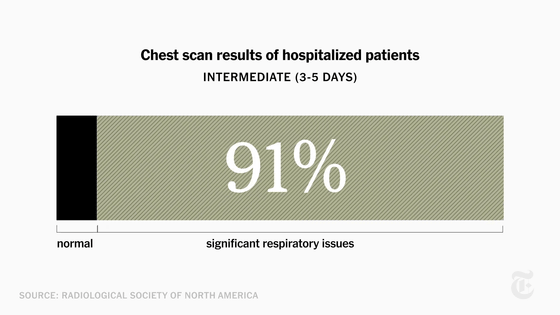
According to chest radiation specialist Subha Ghosh at the Cleveland Clinic, COVID-19 has a faster ARDS progression than other infections.
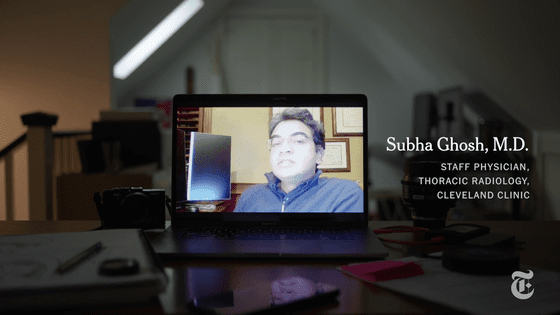
Even if the virus is mild or asymptomatic, the longer the virus affects the lungs, the greater the risk of severe respiratory problems.
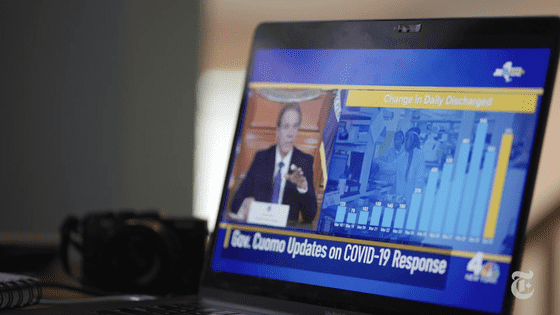
'The longer you put on the ventilator, the less likely it is to be able to remove the ventilator. That's the truth I've seen,' said New York governor

The patient, a 59-year-old patient who provided the VR video at the beginning, reported that his symptoms had progressed rapidly in about a week since he was hospitalized, and he died without the help of doctors.
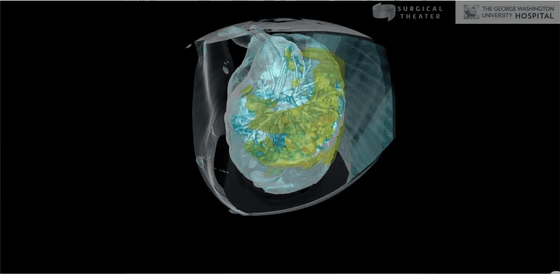
At the moment, Keith Mortman, a physician at George Washington University Hospital, and others, have a primary goal of making more people aware of the consequences.
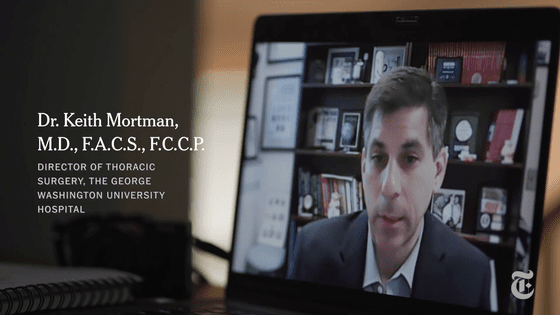
Of particular importance are maintaining social distance and slowing the epidemic.
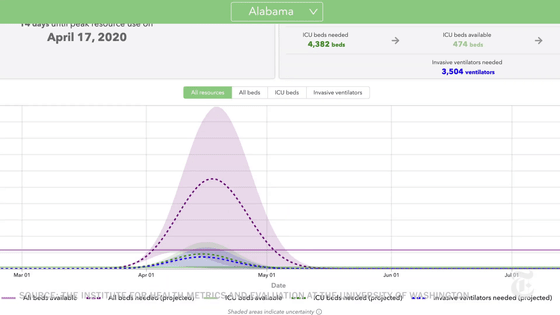
'The virus doesn't move on its own. The only role of a person who is not in the medical setting is to stay at home,' said Mortman.
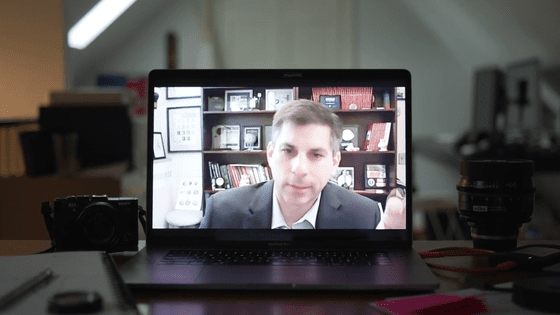
Related Posts:
in Video, Posted by log1l_ks







